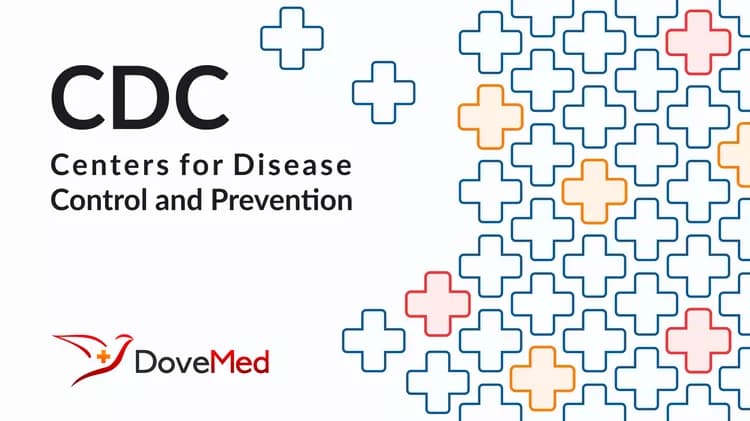
Hypospadias Trends in Two US Surveillance Systems
Hypospadias Trends in Two US Surveillance Systems
The Centers for Disease Control and Prevention's (CDC) National Center for Environmental Health recently published an article in the journal Pediatrics entitled, "Hypospadias Trends in Two US Surveillance Systems." The article focuses on data from the Metropolitan Atlanta Congenital Defects Program and a national birth defects monitoring system. The data show that rates of the male genital birth defect known as hypospadias (malplacement of the urinary outlet of the penis) have increased markedly over the past 25 to 30 years. This is the first report of an increase in the birth prevalence of hypospadias outside of Europe.
Rates increased almost twofold in metropolitan Atlanta from 1968 to 1993, from around 18 per 10,000 births to approximately 40 per 10,000 births. Similarly, rates increased almost twofold in a national birth defects surveillance system based on hospital discharge data between 1970 and 1993. Given that rates are about 40 per 10,000 total births (males and females), they are about 80 per 10,000 male births. Therefore, almost one per 100 males are born with hypospadias.
The cause of the increase in hypospadias is not known. Original suspicions were that the increase was due to increasing rates of diagnosis of more mild cases that were formerly not recorded in medical records. However, the percentage of mild cases in the Atlanta surveillance system has not increased over the time period. In fact, the percentage of severe cases has increased over this time period, suggesting that other explanations should be sought.
In addition to obvious cosmetic problems, boys with untreated hypospadias, especially the severe type, may have difficulty urinating while standing. Hypospadias is also often accompanied by a downward bowing of the penis called chordee. It can lead to difficulties in achieving an effective erection in adulthood. Hypospadias and chordee of all but the most minor degree are generally corrected surgically in infancy.
For the vast majority of hypospadias cases, no clear cause can be identified. A small percentage are inherited. Another small percentage may result from the use of drugs during pregnancy that disrupt the normal sex hormone pathways in the developing fetus. Rates are highest among whites, lowest among Hispanics, and intermediate among African Americans.
This article also states that clinicians have long known that some affected boys have defects in testosterone metabolism, suggesting that hypospadias can result from a disruption of endocrine factors that influence the development of the male genitalia. And there has been recent interest in the hypothesis that increases in hypospadias and testicular cancer and a possible decline in sperm counts are due to the effects of environmental pollutants knows as endocrine disruptors. At present, however, the causes of these problems remain unknown.
###
U.S. DEPARTMENT OF HEALTH AND HUMAN SERVICES
Related Articles
Test Your Knowledge
Asked by users
Related Centers
Related Specialties
Related Physicians
Related Procedures
Related Resources
Join DoveHubs
and connect with fellow professionals

0 Comments
Please log in to post a comment.